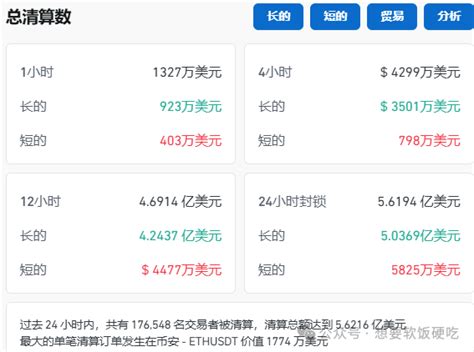Systemic Risks in Cryptocurrency Markets: Understanding LayerZero and Ord
The world of cryptocurrencies has been full of excitement and speculation in recent years, but beneath the surface lies a complex web of risks that could have far-reaching consequences for investors and the market as a whole. One part of this world of risk is systemic risk, which refers to the possibility of a widespread financial crisis spreading across multiple industries and economies.
In this article, we will look at two specific features of the cryptocurrency market: LayerZero (ZRO) and Ordi (ORDI). We explore what these terms mean, how they relate to each other, and why they represent significant systemic risks in the cryptocurrency space.
LayerZero
LayerZero is a project that aims to bring a new level of protection and transparency to blockchain networks. At its core, LayerZero is an architecture for creating trustless, permissionless blockchains with built-in self-executing contracts and decentralized automated market makers (AMMs). This framework allows developers to create complex trading mechanisms without the need for intermediaries or centralized authorities.
A key feature of LayerZero is its ability to facilitate interactions between blockchains and different blockchain networks. By enabling seamless trading and settlement, LayerZero reduces the reliance on traditional intermediaries like exchanges, which can pose systemic risks as they facilitate market manipulation and liquidity provision.
However, the emergence of LayerZero also poses the risk that malicious actors could hijack it or exploit it for their own gain. If one party were to take advantage of the vulnerabilities in this architecture, it could disrupt the entire ecosystem and cause widespread instability.
Orden
Ordi is a cryptocurrency project focused on creating a decentralized platform for peer-to-peer transactions without the need for intermediaries like banks. The Ordi protocol allows users to send and receive funds directly from each other without any intermediary transactions or processing.
One of the most important features of Ord is its emphasis on security, scalability, and decentralization. By using advanced encryption technologies and smart contract functionality, Ordi aims to create a robust and flexible platform that can withstand even extreme market conditions.
However, the underlying technology used by Ord also raises concerns about systemic risk. In particular, the use of private key-based encryption poses a risk that unauthorized access to user funds can compromise security. Furthermore, having a central authority (network administrator) controlling transactions and ensuring network stability can create a single point of failure, leaving the entire system vulnerable to collapse.
Systemic risks in the cryptocurrency market
The emergence of LayerZero and Ord highlights several systemic risks present in the cryptocurrency market:
- Decentralization

: Relying on a distributed architecture in peer-to-peer transactions creates vulnerabilities if any node or entity fails.
- Intermediary risk: Exchanges, custodians, and other intermediaries can introduce systematic risks because they facilitate market manipulation, liquidity provision, and settlement processes.
- Security: The use of private key encryption and reliance on central authorities pose security risks if not adequately protected.
- Liquidity risk: The need for decentralized platforms to maintain high levels of liquidity creates systemic risks related to market volatility and price stability.
